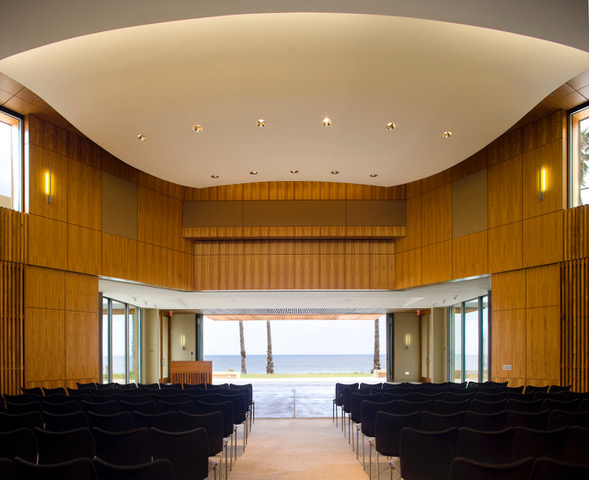
Institutional Seminar Series
(in person)
Thursday, September 28th, 2023
at Scripps Seaside Forum Auditorium
12 p.m. Talks begin w/ Q&A
Pizza to be served after, will have vegan and gluten free options
-------------------------
TITLE: Catching landslides using seismology and space geodesy
ABSTRACT: Landslides involve the movement of large amounts of Earth materials down a slope, driven by gravity. These events can happen quickly and be highly destructive. While most of our existing data on landslides comes from areas with people, many more occur in isolated places that we don't know about. Rapid landslides can generate seismic signals propagating thousands of kilometers away. We used a new method that combines earthquake monitoring and satellite images to find and study landslides in less accessible regions. For example, we uncovered a previously unreported landslide in the Wrangell Mountains in Alaska from 2017 that moved millions of tons of material in just minutes. Our approach provides a systematic way to study landslides in Alaska and other remote areas, offering new insights into these natural events.
BIO: I earned my Ph.D. in Summer 2017 from the Scripps Institution of Oceanography. Following that, I was a postdoctoral scholar at the Woods Hole Oceanographic Institution from Fall 2017 until December 2018. In January 2019, I joined Florida State University as an Assistant Professor of Geophysics and worked there until June 2020. I then returned to Scripps since July 2020. My expertise lies in observational seismology, where I analyze seismic data gathered both on land and at sea. My research focuses on understanding the Earth's structure, earthquakes, and various environmental seismic sources such as hurricanes, landslides, and turbulent rivers beneath glaciers.
TITLE: Seismic Imaging from Crust to Core – A Synopsis of 30 Years of Research at SIO
ABSTRACT: My top three cited works on Google scholar involve the assembly of global crustal models. In essence, these were large meta studies, with years of painstaking literature research, hand-digitizing maps and assembling a database of seismic experiments. Our crustal models served the primary purpose of improving our own seismic imaging of Earth’s mantle beneath, but they became highly used community reference models for a wide variety of research. No doubt, this work ultimately drove my nomination for an AGU Fellowship but my true love involves the seismic imaging of Earth’s deep internal structure.
My work on Earth’s normal modes provided convincing clues that the inner core – the planet within a planet - does not rotate as independently, and as fast, as previous research had claimed. More modern research now points toward a decadal back-and-forth shuffle.
For global seismic tomography, the imaging of Earth’s interior, we use seismic waves generated by earthquakes that are recorded by distant stations around the globe. Unfortunately, both are unevenly distributed which leaves some exciting places on Earth poorly imaged. This includes some key locations in the Pacific Ocean where progress necessitates the deployment of ocean bottom seismometers (OBSs). With the Hawaiian PLUME experiment, I led one of the first large, year-long deployments of broad-band OBSs with sensors that record in a wide band of frequencies. We provided the key evidence that magma that feeds the Hawaiian hot spot comes from the deep mantle, as postulated by the pioneers of plate tectonics. I continue to go to sea and just brought back an exciting dataset to improve our understanding of mantle dynamics in the northeast Pacific Ocean, halfway between Hawaii and San Diego.
BIO: Gabi Laske is a sea-going observational seismologist. She collects seismic data to image Earth’s interior in the quest to understand how plate tectonics works.
She earned her doctoral degree in 1993 from KIT, Germany, formerly known as Karlsruhe University. She came to SIO for a 12-month postdoc with Guy Masters. She became one of the first project scientists at IGPP, had a faculty job offer in Germany but stayed at SIO - you know why. Gabi is now a ladder-rank faculty member, serves as Earth Sciences section head and was elected AGU Fellow last year.
*Talks will not be recorded.




